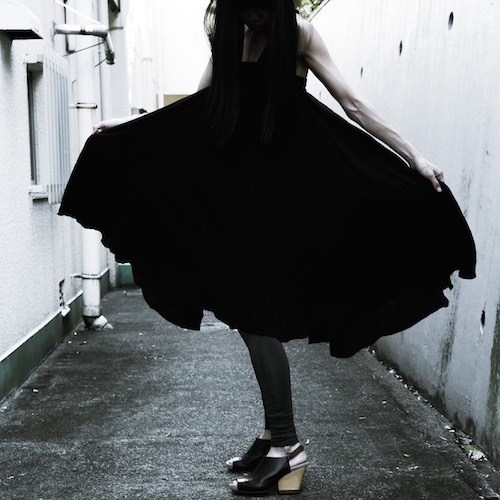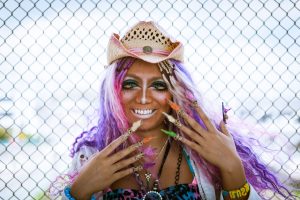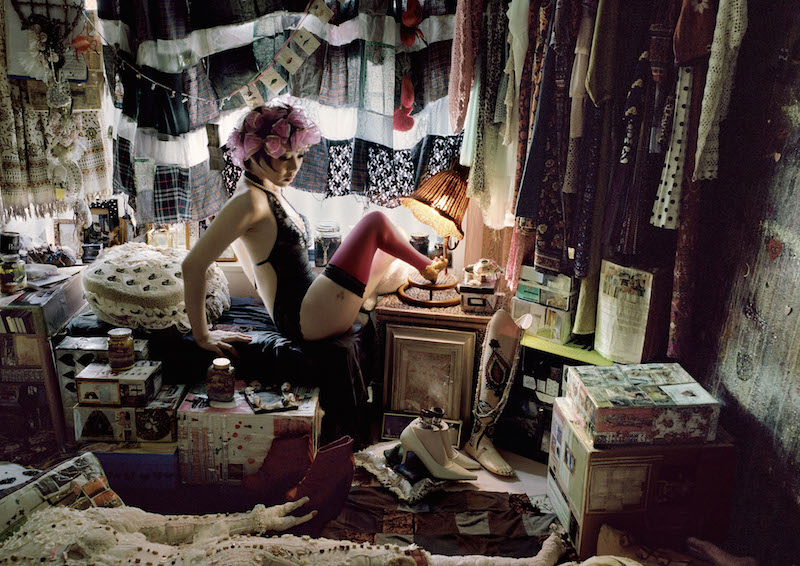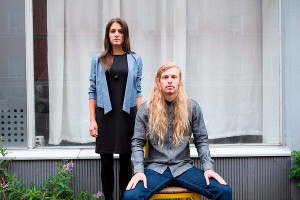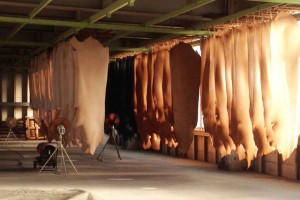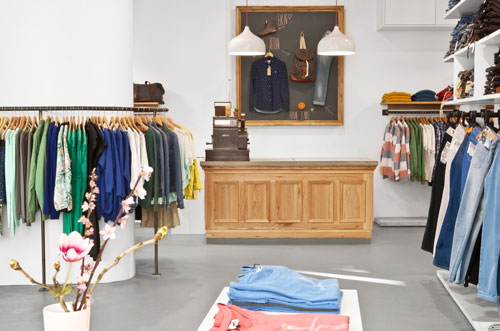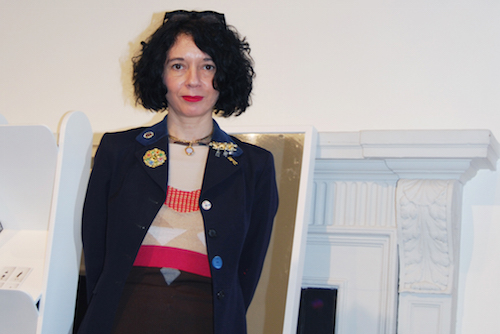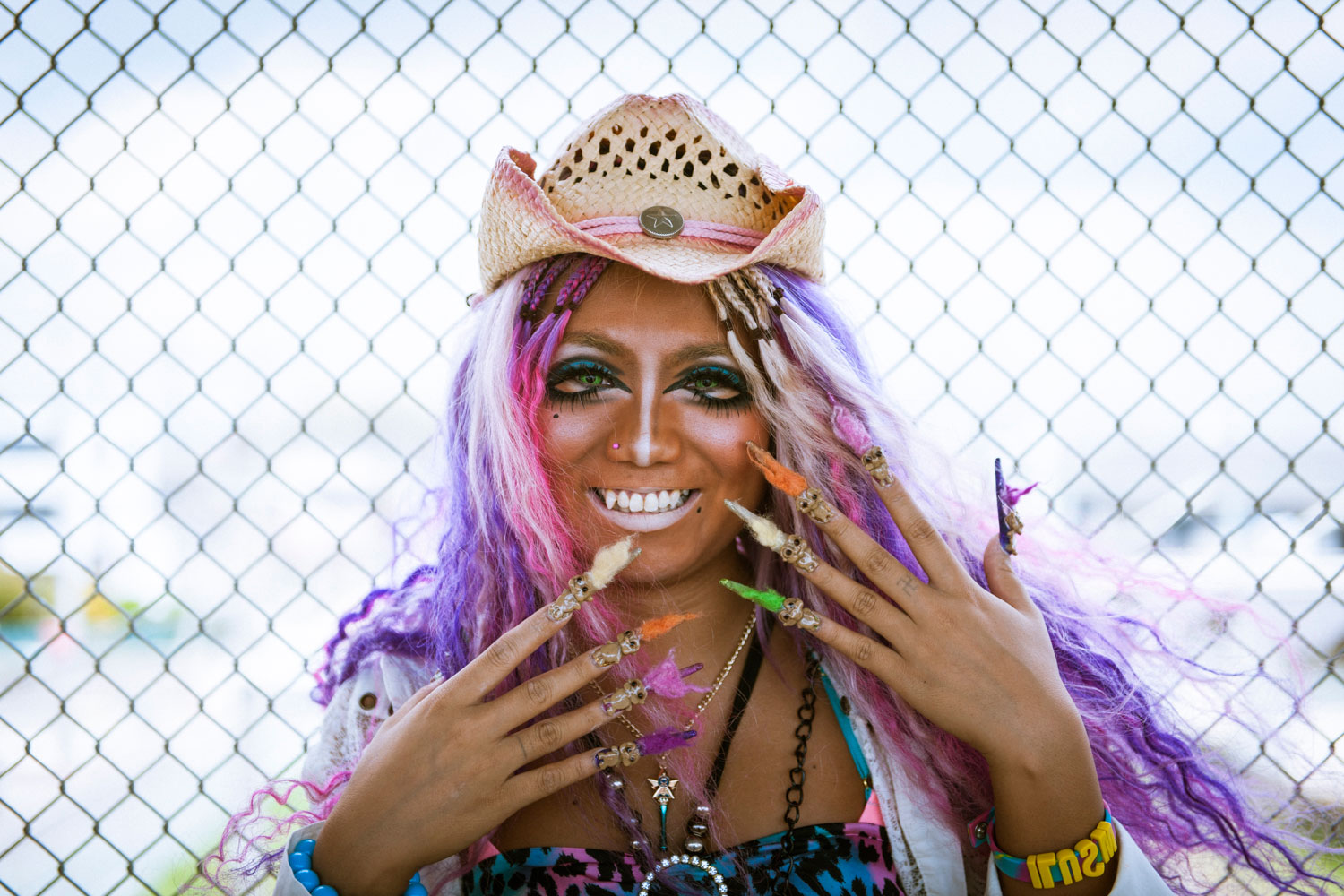The term “fast fashion” emerged during the mid-2000s, and since then, “cheap clothes are cheap for a reason” and “low price tag items are not sustainable because they do not last” have become common phrases. However, simply stating that fast fashion is bad would be a generalization, and not definitively true.
With its “conscious collection” and several other environmental initiatives, H&M stands as proof that sustainable fashion at an affordable price is indeed possible. H&M has recently introduced a new labeling system entitled “Clever Care” that allows customers to become more aware of making sustainable fashion choices when shopping at H&M.
How were they able to integrate fast fashion business with sustainability? We spoke with Catarina Midby, Head of Fashion and Sustainability Communications at H&M, about the history and vision for sustainable fashion.
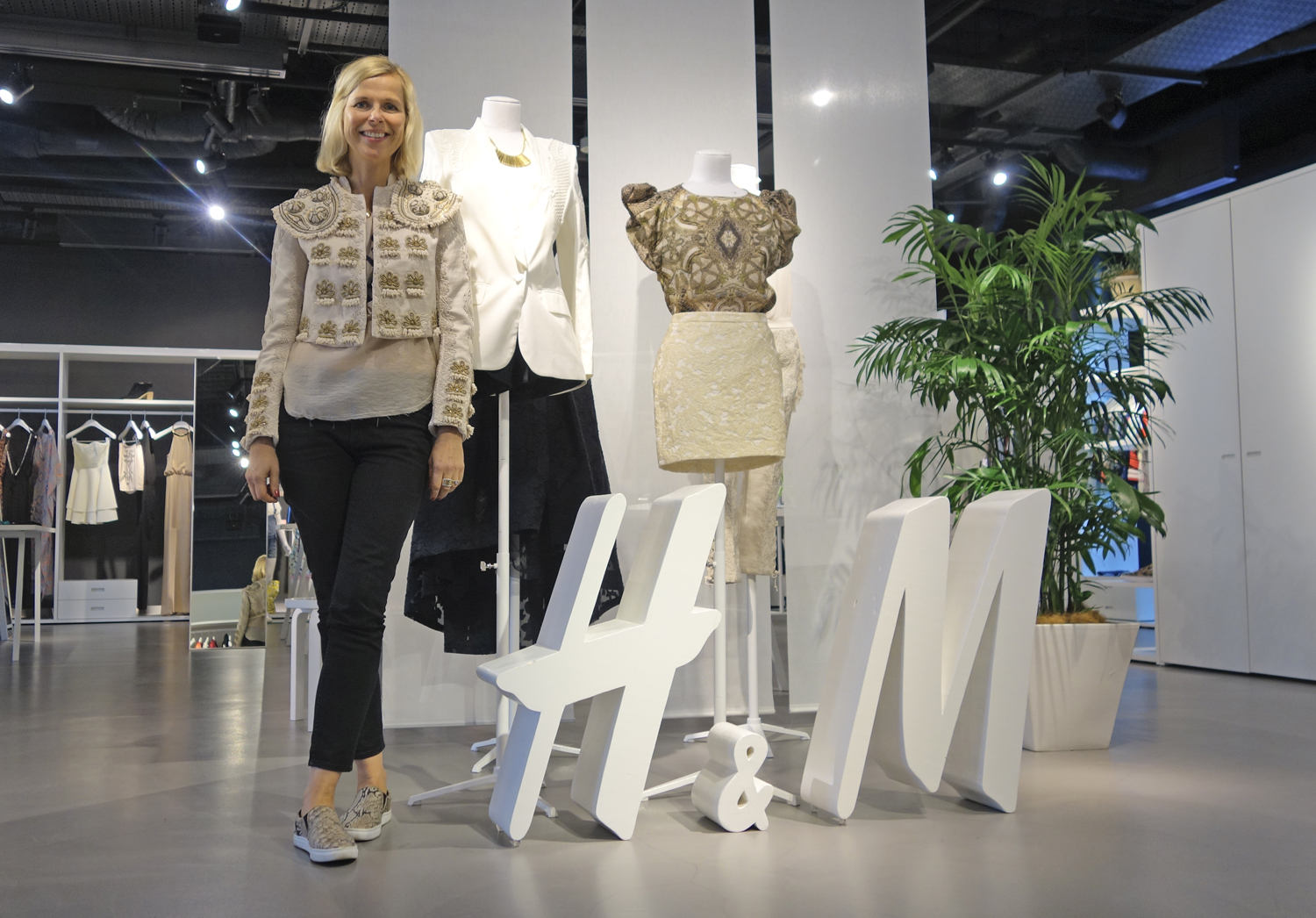
Catarina Midby, Head of Fashion and Sustainability Communications at H&M
— How did sustainability originally become an issue for H&M?
H&M has always tried to be responsible. However, in the 90s there was a lack of knowledge in this area, and we only had the code of conduct and chemical restrictions to follow.
In the early 2000s, General Trends Group and I began to develop H&M’s sustainability model in light of increasing environmental issues. The impact of such issues became particularly apparent in 2004, during the tsunami took place in Thailand and series of hurricanes around the globe. There were colleagues that lost friends and relatives from these disasters. Suddenly, we were aware that we were directly affected by these effects of global warming. Due to such issues, we at H&M wanted to take action and learn how we could adjust our design process to offer our customers more sustainable choices.
— Throughout the decade, H&M’s sustainability program grew very fast. Would you share what happened in those ten years?
First, we needed to learn where the environmental impact was occurring in the garment life cycle. We contacted Business for Social Responsibility (BSR), and they produced Life Cycle for us, which was not available prior to 2005.
We were informed that fiber and fabric production can be seriously effective to the environment, but also we learned that the “user phase” is similarly problematic; it accounts for approximately 38% of the environmental impact of a garment’s life-cycle. Whereas, the impact of transportation is minimal, accounting for only 1%, since our company ship products by boat.
We felt that we should take action and begin work on each of these issues, particularly on the impact of the user phase. However, since 80% of the final result is decided in the design process, we felt it that we should be working on what we could do in the first priority. Therefore, we decided to search for more sustainable textile options.
We then went on to another company to create benchmarks of fabrics’ environmental impact so that we can see how we could replace current materials with more ecological materials. After that, we started to take actions.
— So, these factors all led to the development of your Conscious Collection?
Yes. Our first collection utilizing organic cotton was launched in 2007, which was a beautiful, however small, one. In 2010, we launched the first large-scale conscious collection, entitled “The Garden Collection,” which was featured in all of the departments at H&M. The collection was a great success, as we were able to prove that eco-fashion could look fashion-forward and glamorous. It was also during this time that we began to utilize recycled polyester in our chiffons and organza.
Since we produced this collection, we educated our sales advisors and the rest of the H&M staff. It was surprising, because eventually, sustainability became a mandate for all H&M stores, not just our department. So, in 2011, we renamed our sustainable garments as “The Conscious Collection,” and established seven conscious commitments as our conscious philosophy.
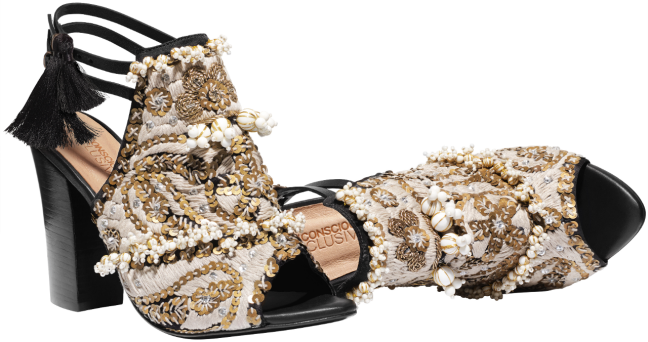
Hand-made pieces by Indian women for “The Conscious Exclusive Collection,” which was launched in 2014 SS. The embroiderers of these pieces work at home for geographical and caste reasons and are guaranteed a fair wage. H&M hopes to empower these women.(IMAGE: Courtesy of H&M)
— So, the CLEVER CARE tags have been in the development process for H&M for quite some time?
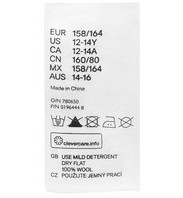
A Sample of a CLEVER CARE tag. (IMAGE: Courtesy of H&M)
Yes. H&M operates in 54 countries around the world, and so we believed that we had the ability and responsibility to inform our customers on sustainable garment care.
We have been working on this from three years ago. We knew that more than 50% of our customers read the wash-care labels on their clothes, so we thought that these labels would be an effective tool to communicate our sustainable mandate to our customers. It took us a long time, but finally, by the end of this year each garment will have a “Clever Care” tag. I hope that this would be an industry norm.
We are happy to share and promote these initiatives; sustainability can’t be achieved for our company alone to enforce the initiatives. For example, We do not own our suppliers and other companies use our suppliers as well. Therefore, we must have the other company to have a mutual goal and work together.
— What is the ultimate goal for H&M with all of this work toward sustainability?
I think the ultimate goal is that one day we will no longer call one collection as “The Conscious Collection,” but rather that such sustainable collections will become the norm altogether. I believe we at H&M are moving in this direction.
In our effort to offer more sustainable clothing options, we do not want to increase prices. In the food industry, for instance, it is much more expensive to buy organic products, and so for many families sustainable fruits and vegetables are not an option. We, however, believe that it should not be an option of sustainable fashion or not. So we also seek to democratize sustainability.

